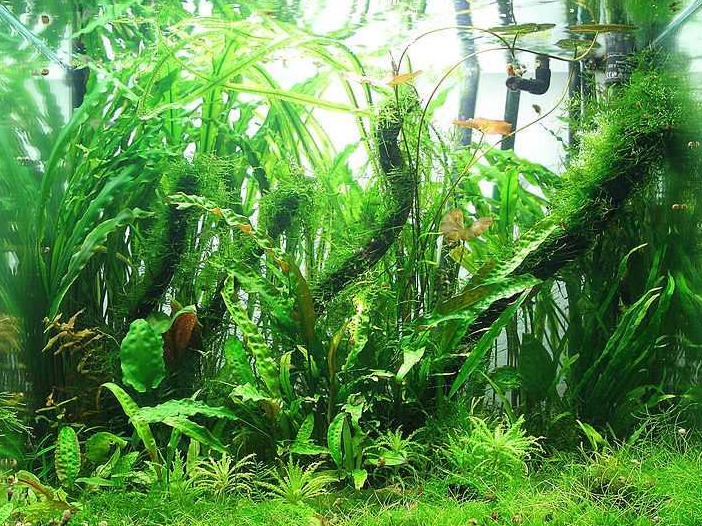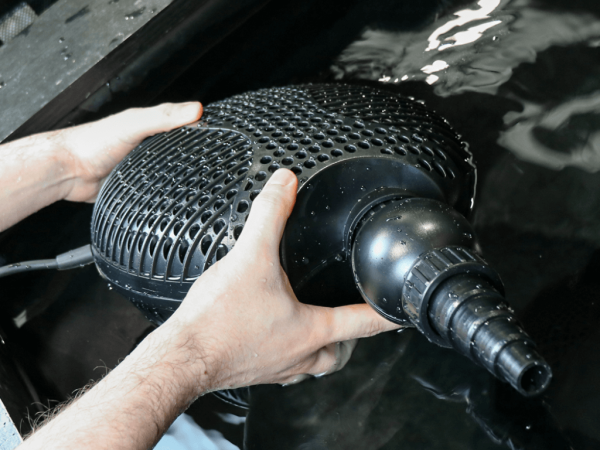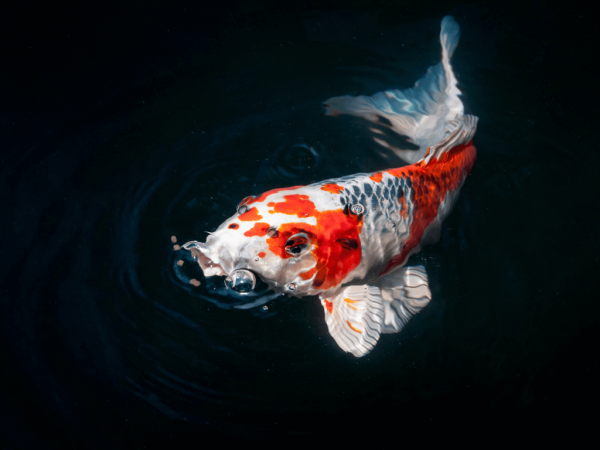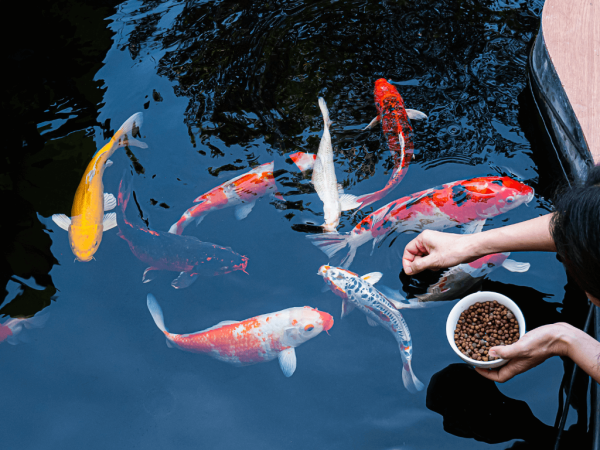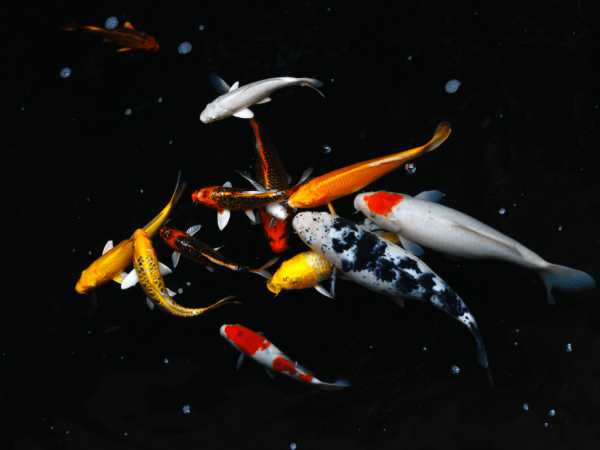Artificial aquarium plants versus live aquarium plants. Real or Fake?
The artificial aquarium plants vs. live plant argument is always a hot topic among aquatic enthusiasts and there are many pros and cons on each side.
There is of course no right or wrong choice when choosing what type of plant to keep in your aquarium, it is all a matter of taste. Here we look into the pros and cons of artificial aquarium plants and living plants to help you to decide which is best for you.
Live aquatic plants
Live plants aid the fish by providing them with oxygen and lowering nutrients. They can help to keep nitrite and nitrate levels low as well as stunting algae growth so you can worry less about cleaning the fish tank.
However, despite the magnificent benefits that live plants can have for your fish tank, if you neglect them they can cause more harm than good, gradually decaying and polluting the tank while sapping up the oxygen that they previously helped to produce.
Plant eating fish eat live plants, which can increase the amount of waste released into the tank. So while live plants can help to lower algae and the need for cleaning is lessened because of this, at the same time, you might find you have to clean your fish tank more if you don't care for them properly. It can be a frustrating cycle but trying different things is all part of the learning curve.
Planted aquariums usually require carbon dioxide, fertilisers and strong lighting in order for the plants to thrive. Many live plant owners enjoy the aquascaping hobby. Aquascaping is the art of creating lush underwater landscapes using an assortment of plants, decor and substrates. Many enthusiasts try to reflect the natural environment as much as possible in their aquariums. If you'd like to know more about the hobby, take a look at our guides, Aquascaping for beginners.
Pros of live aquarium plants
- Provides aquarium with oxygen and reduces nutrients
- Natural water filter
- Offers fish plenty of places to hide and explore
- Recreates a natural environment
- A beneficial food source and since many fish are omnivorous they will happily eat the plants.
Cons of live aquarium plants
- Can cause problems if not cared for properly
- Can look tatty and decay
- Tank must be placed under bright aquarium lighting - but too much light can increase chance of algae
- Over time you might lose motivation to look after your plants and then problems could increase
- More expensive than artificial plants
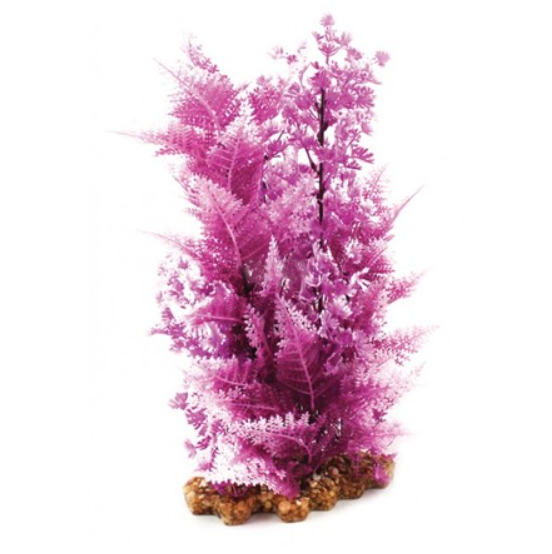
Artificial aquarium plants
Like real plants, artificial plants offer fish fantastic places to hide and explore, but they have no biological value and are unable to offer nutrients or oxygen to the fish tank.
All the maintenance that you need to do to keep your live aquarium plants healthy is unnecessary when you have artificial plants because they just sit there. They may not have any benefits but they won't cause any problems either and are therefore ideal for beginners. While they're great value for money there's no need to worry about artificial plants looking fake, it's impressive just how realistic they appear to be. Plus there's no need to worry about them ageing or dying over time.
Unlike live plants, plastic plants don't need CO2 (although your water and fish do need it) and they require no upkeep and no fertiliser. They can be placed anywhere and there is no need to worry about using a suitable substrate. They technically don't need any substrate at all, although most people choose to use sand, pebbles or gravel of some sort to make the aquarium look as natural as possible.
Pros of plastic plants
- Affordable
- Look very life-like
- Minimum upkeep required. No need to tidy
- Don't need fertiliser and won't clog up the filter
- No special substrate required
- No risk of decay
- No parasites or snails
Cons of fake plants
- Cannot provide oxygen and nutrients
- Unable to tackle algae (though also unable to cause it)
- Not natural




